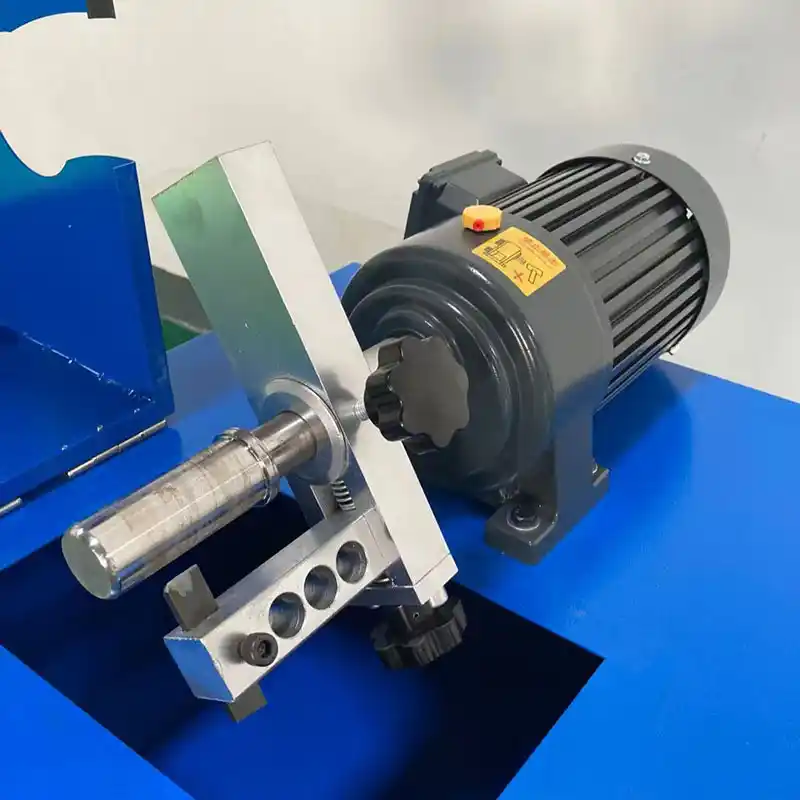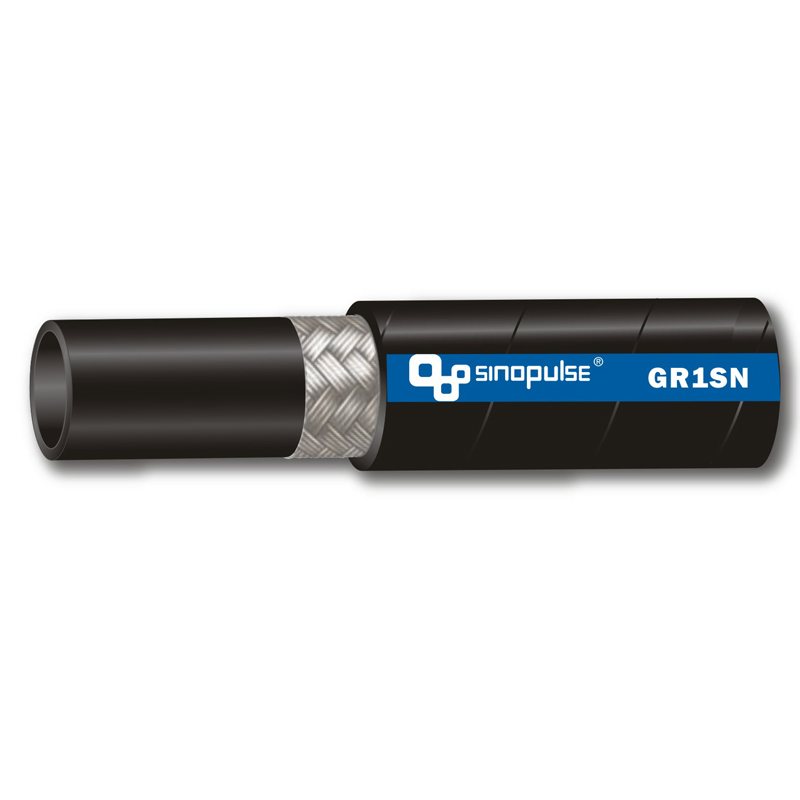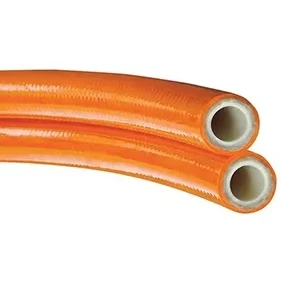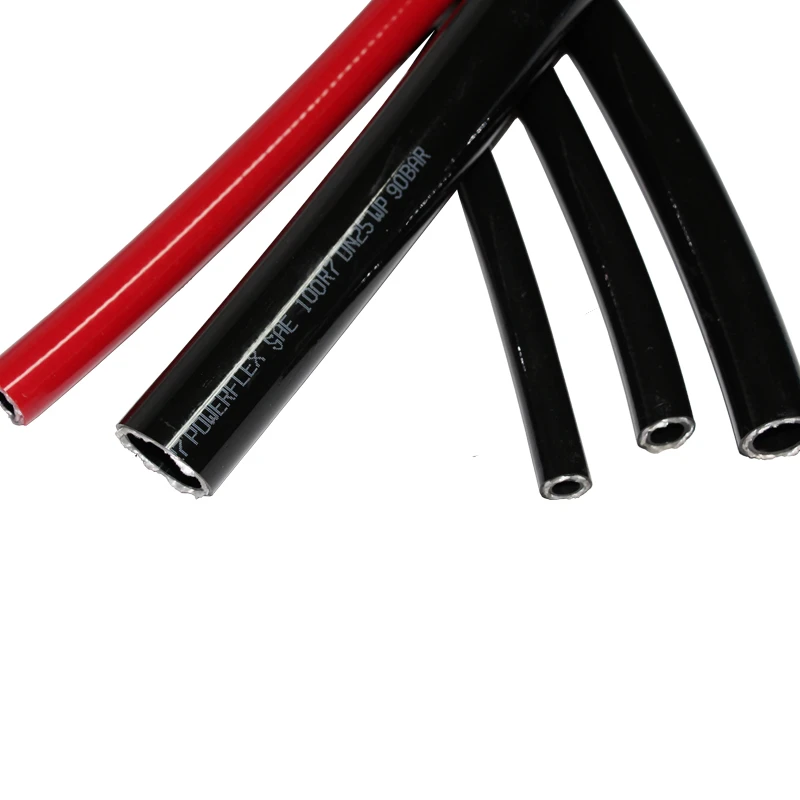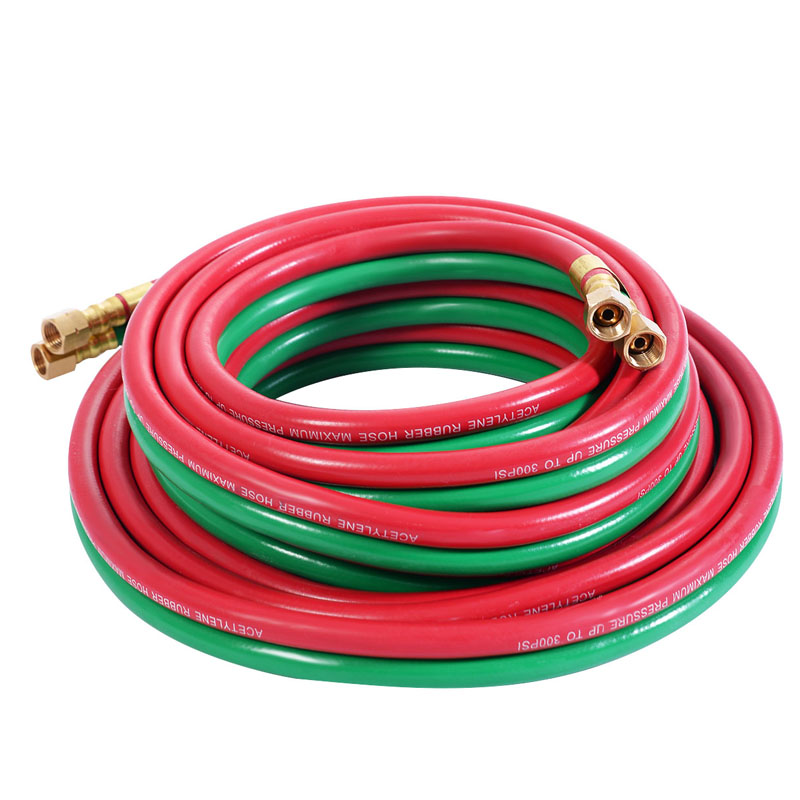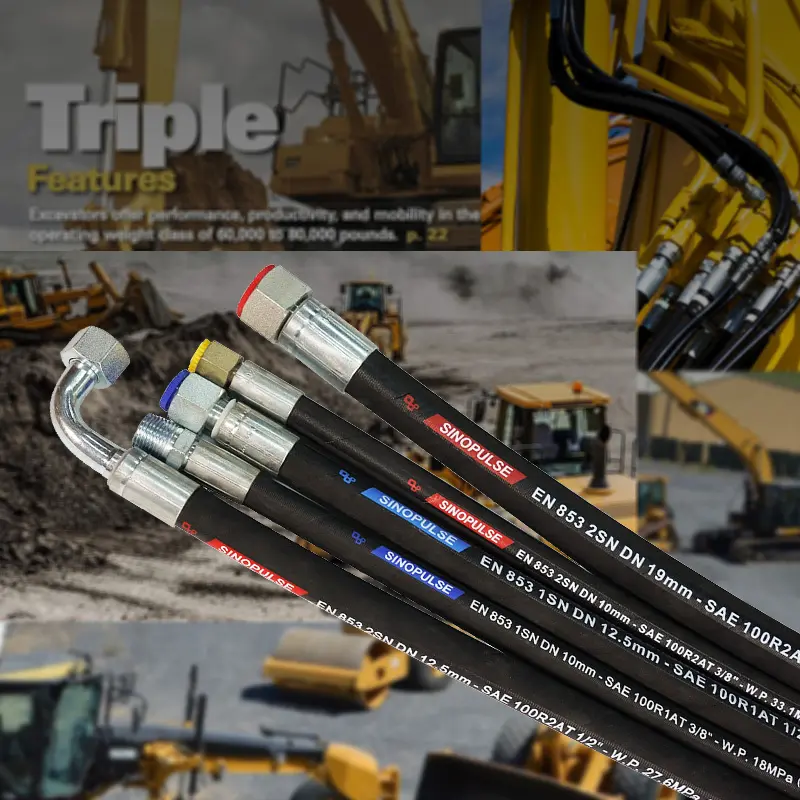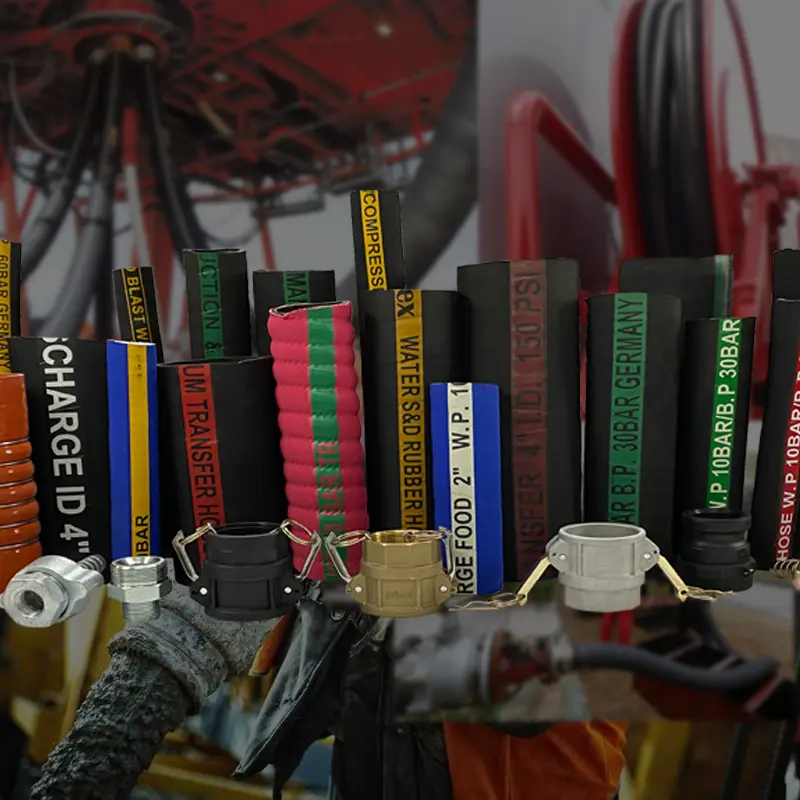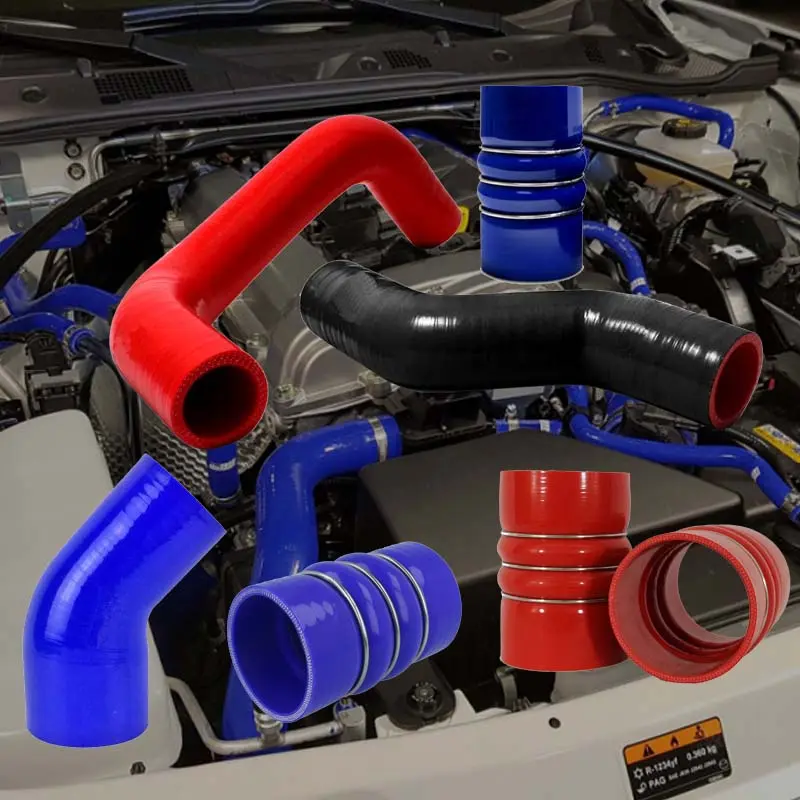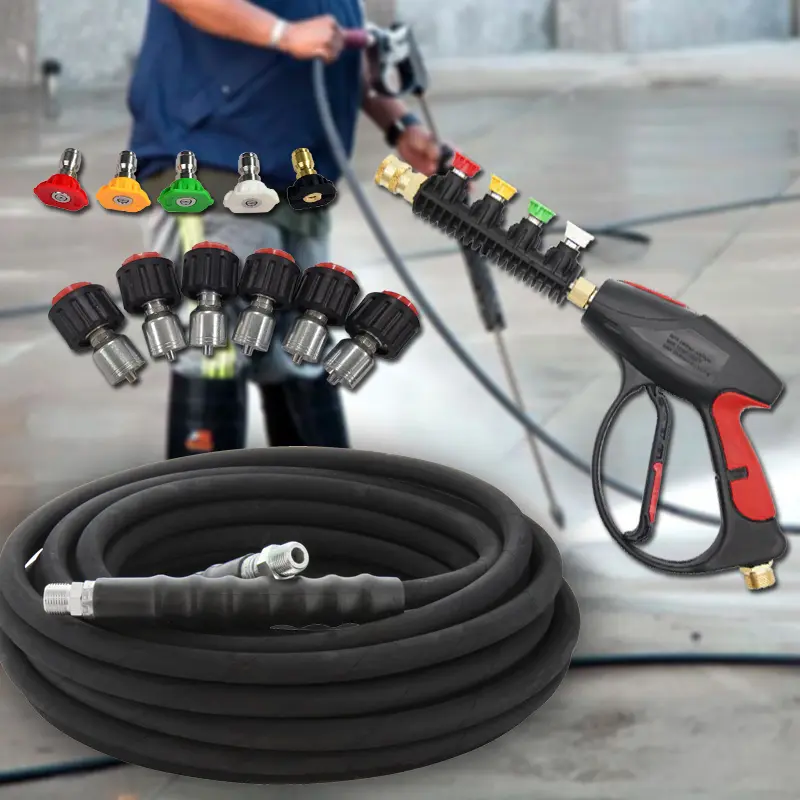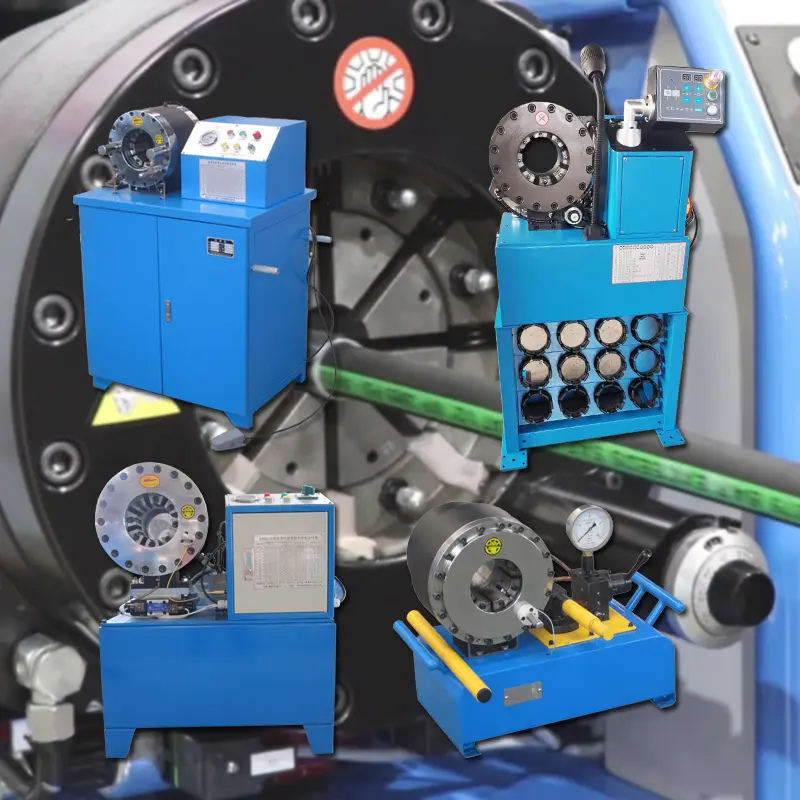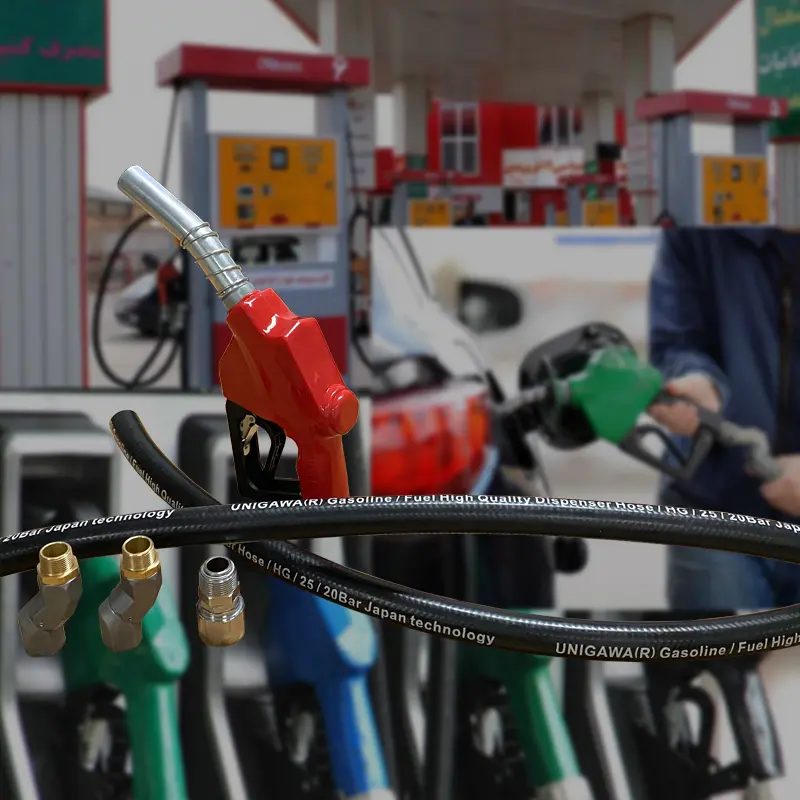In the intricate world of hydraulic systems, the hose bending radius stands as a silent yet pivotal factor in ensuring optimal performance, safety, and durability. As a leading hydraulic hose manufacturer, we recognize that overlooking this specification can lead to premature failure, inefficiency, and even catastrophic system breakdowns. This guide demystifies the concept of minimum bending radius, highlights its installation importance, and explores how it varies across hose types—empowering you to make choices that safeguard your equipment and operations.
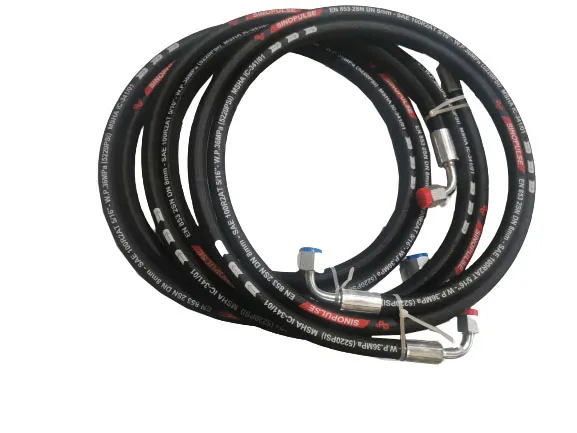
What Is the Minimum Hose Bending Radius?
The minimum bending radius of a hydraulic hose is the smallest curvature it can safely achieve without compromising its structural integrity. Measured as a multiple of the hose’s outer diameter (e.g., 10x OD), this value is determined by factors like hose construction, reinforcement type, and material flexibility. Going below this radius during installation can cause internal damage, such as kinking, wire fatigue, or inner tube collapse—all of which undermine fluid flow and hose lifespan.
The Vital Role of Hose Bending Radius in Installation
1. Preserving Fluid Flow Efficiency
- A hose bent beyond its minimum radius creates restrictions that increase pressure drop, reducing system efficiency by up to 15%. In high-pressure setups, this inefficiency strains pumps and valves, leading to higher energy consumption.
- High pressure hydraulic hosesystems, which rely on consistent flow for precision, are particularly vulnerable to such restrictions, making radius compliance non-negotiable.
2. Preventing Premature Wear and Failure
- Kinks or tight bends stress the hose’s reinforcement layers, causing wire braids to fray or spiral reinforcements to deform. Over time, this leads to leaks, bursts, or catastrophic failure—common in mobile equipment where hoses endure constant movement.
- Flexible outer covers in flexible hydraulic hose designs mitigate some stress, but even these require adherence to specified radii to maintain long-term resilience.
3. Ensuring Safety and Compliance
- Industry standards like SAE J517 and ISO 1402 mandate bending radius guidelines to prevent safety hazards, such as fluid leaks in explosive environments or mechanical failures in heavy machinery. Non-compliance can lead to regulatory penalties and operational downtime.
Bending Radius Variations Across Hose Types
1. Braided Hydraulic Hoses: Balancing Flexibility and Radius
- Construction: Single or double layers of textile/steel braiding provide moderate flexibility.
- Radius Range: 8–12x OD for standard braided hoses; specialty flexible hydraulic hosemodels may achieve 6–8x OD with advanced polymer cores.
- Ideal For: Applications requiring moderate movement, such as agricultural machinery or industrial robotics, where a balance of bendability and pressure resistance is key.
2. Spiral Hydraulic Hoses: Prioritizing Pressure Over Extreme Flexibility
- Construction: Helical steel wire spirals offer superior pressure resistance but less flexibility.
- Radius Range: 12–20x OD for high-pressure models (5,000+ PSI), as the robust reinforcement reduces bendability.
- Critical Note: While high pressure hydraulic hosedesigns excel in heavy-duty environments, their larger minimum radius demands careful routing in compact machinery to avoid excessive stress.
3. Thermoplastic vs. Rubber Hoses: Material-Driven Differences
- Thermoplastic Hoses: Lightweight designs (e.g., polyurethane) offer exceptional flexibility, achieving 5–7x OD due to their rigid yet pliable polymer structures. Ideal for tight spaces in automotive or robotic applications.
- Rubber Hoses: Synthetic rubber compounds (NBR, EPDM) provide elasticity but require larger radius due to heavier reinforcement and thicker walls, making them suitable for high-vibration, outdoor equipment.
4. Specialty Hoses: Tailored for Unique Challenges
- Low-Temperature Hoses: Engineered with flexible rubber compounds to maintain bendability at -40°C, often with slightly larger radii (12–14x OD) to compensate for material stiffness in cold environments.
- Abrasion-Resistant Hoses: Thick outer covers increase the minimum radius by 10–15% compared to standard models, ensuring the protective layer doesn’t crack during sharp bends.
Hose Bending Radius: Best Practices for Routing and Installation
1. Measure and Plan Ahead
- Use the manufacturer’s datasheet to confirm the hose bending radiusfor your specific model. For example, a ½" ID braided hose may require a 6" minimum radius (12x OD), while a similar thermoplastic hose might allow 3" (6x OD).
- Map the hose route during system design, avoiding sharp angles near moving parts or tight corners where compliance could be compromised.
2. Support Systems for Dynamic Applications
- Install clamps or guides every 18–24 inches to maintain the specified radius, especially in equipment with articulating arms (e.g., excavators or cranes).
- For flexible hydraulic hoseused in high-movement scenarios, leave a 10–15% margin in the routing length to accommodate natural flexing without exceeding the minimum radius.
3. Regular Inspections for Radius Compliance
- During maintenance, check for signs of radius-related damage: flattened sections, outer cover cracks, or reinforcement wire exposure.
- High-pressure systems should undergo quarterly visual checks, as even minor radius violations can escalate into costly failures over time.
Case Studies: Hose Bending Radius Impact on Performance
1. Construction Equipment Failure Due to Tight Bends
- Issue: A crane operator routed a high pressure hydraulic hose(rated 15x OD) with a 10x OD bend to save space.
- Outcome: After 3 months, the hose burst due to wire fatigue, causing a 2-day shutdown and $15,000 in repair costs—easily avoidable with proper radius planning.
2. Robotic Arm Efficiency Gains with Flexible Hoses
- Solution: A manufacturing plant replaced rigid rubber hoses with flexible hydraulic hose(6x OD), reducing bend radius by 40% in their robotic arms.
- Result: Pressure drop decreased by 12%, cycle times improved by 8%, and hose lifespan doubled due to reduced stress on reinforcement layers.
The hose bending radius is more than a technical specification—it’s a critical factor in designing safe, efficient hydraulic systems. Whether you opt for the rugged durability of high pressure hydraulic hose or the nimble flexibility of thermoplastic models, respecting each hose’s minimum radius ensures optimal flow, reduces wear, and extends service life.
As a trusted hydraulic hose manufacturer , we engineer our products with clear bending radius guidelines, empowering you to install with confidence. Explore our range of hydraulic hose for sale, designed to meet the unique routing challenges of your equipment. Proper bending isn’t just about fitting the hose—it’s about future-proofing your operations against preventable failures.
Product Application









